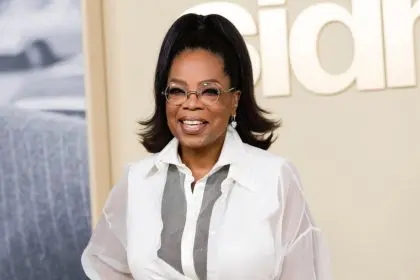Solving homicide cases is a complex and challenging task, regardless of where the crime takes place. However, certain factors can make it even more difficult to solve murders in big cities. This article will explore some of the key challenges that law enforcement faces when investigating urban homicides, and discuss some of the latest strategies that cities are using to try to improve their murder clearance rates.
Factors that make solving urban homicide cases more difficult:
- High volume of crime: Big cities tend to have higher rates of crime overall, including homicide. This can put a strain on law enforcement resources, making it difficult to devote the same level of attention to every case.
- Anonymity and mobility: Big cities are often characterized by their high levels of anonymity and mobility. This can make it difficult for investigators to identify and locate witnesses and suspects.
- Gangs and drug trafficking: Gangs and drug trafficking are often associated with high levels of violence in big cities. These criminal organizations can make it difficult for law enforcement to operate in certain neighborhoods, and they can also intimidate witnesses and victims into not cooperating with the police.
- Community mistrust: In some big cities, there is a long history of mistrust between the police and certain communities. This can make it difficult for investigators to build relationships with residents and obtain their cooperation.
Strategies to improve urban homicide clearance rates:
- Community policing: Community policing is an approach to law enforcement that emphasizes building relationships with residents and working together to prevent and solve crime. This approach has been shown to be effective in reducing crime rates in some cities, and it can also help to improve trust between the police and the community.
- Data-driven policing: Data-driven policing is an approach to law enforcement that uses data to identify crime hotspots and target resources to those areas. This approach can help investigators to be more efficient and effective in their work.
- New crime-solving technologies: New crime-solving technologies, such as DNA testing and gunshot detection systems, can help investigators to identify and apprehend suspects more quickly.
Case studies:
- Baltimore: In 2015, Baltimore had the highest homicide rate of any major city in the United States. In response, the city implemented a number of new strategies to improve its murder clearance rate, including community policing, data-driven policing, and new crime-solving technologies. As a result, the city’s murder clearance rate increased from 39% in 2015 to 47% in 2022.
- Chicago: Chicago has long struggled with high levels of violence, including homicide. In recent years, the city has implemented a number of new strategies to reduce violence, including a public health approach that focuses on addressing the root causes of violence, such as poverty and lack of opportunity. While the city’s murder rate has fluctuated in recent years, it remains significantly lower than it was at its peak in the 1990s.
Solving crimes, especially homicides, is a complex and challenging task, but there are a number of things that cities can do to improve their clearance rates. By investing in community policing, data-driven policing, and new crime-solving technologies, cities can make it more difficult for criminals to get away with murder.
What can individuals do to help?
There are a number of things that individuals can do to help reduce violence in their communities and make it easier for law enforcement to solve murder cases. These include:
- Building relationships with neighbors and community members
- Reporting crimes to the police
- Cooperating with law enforcement investigations
- Advocating for policies that promote public safety and reduce violence
By working together, communities and law enforcement can create a safer world for everyone.
This story was created using AI technology.

















